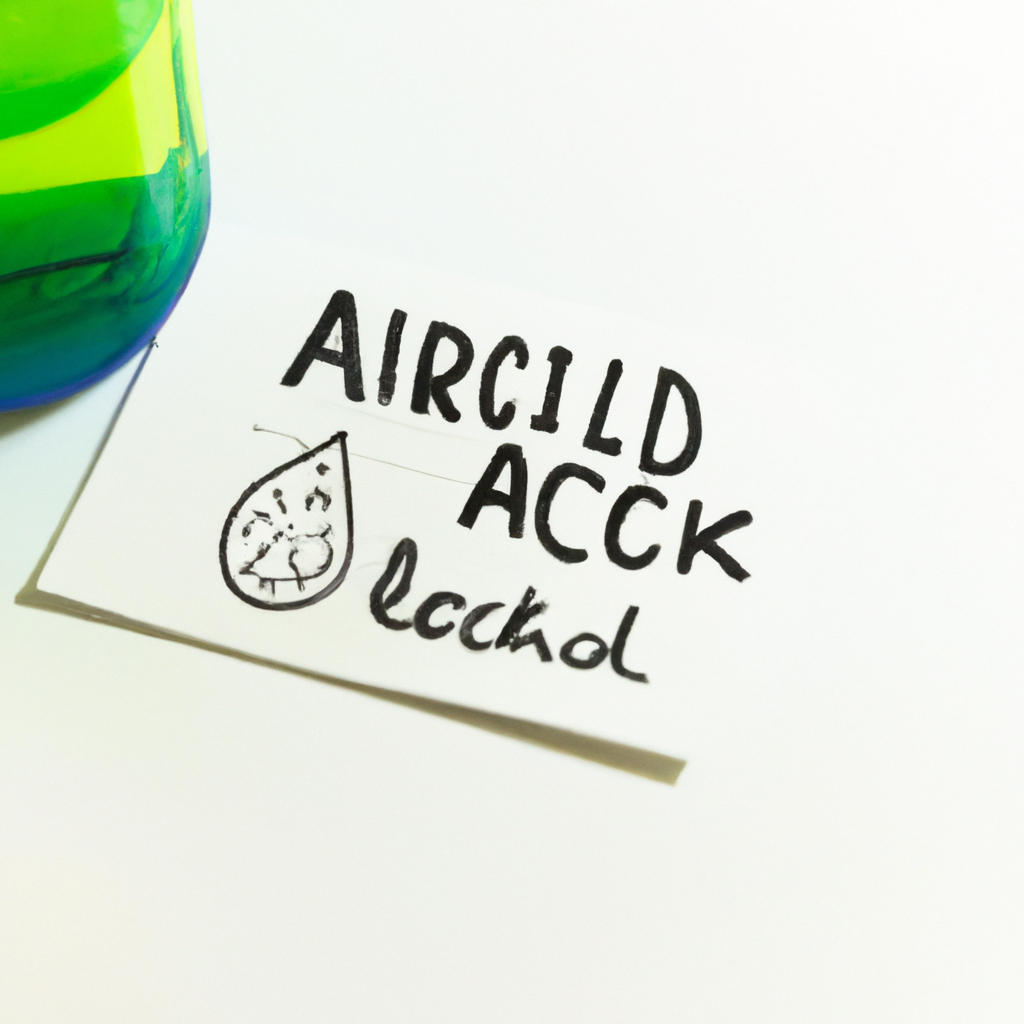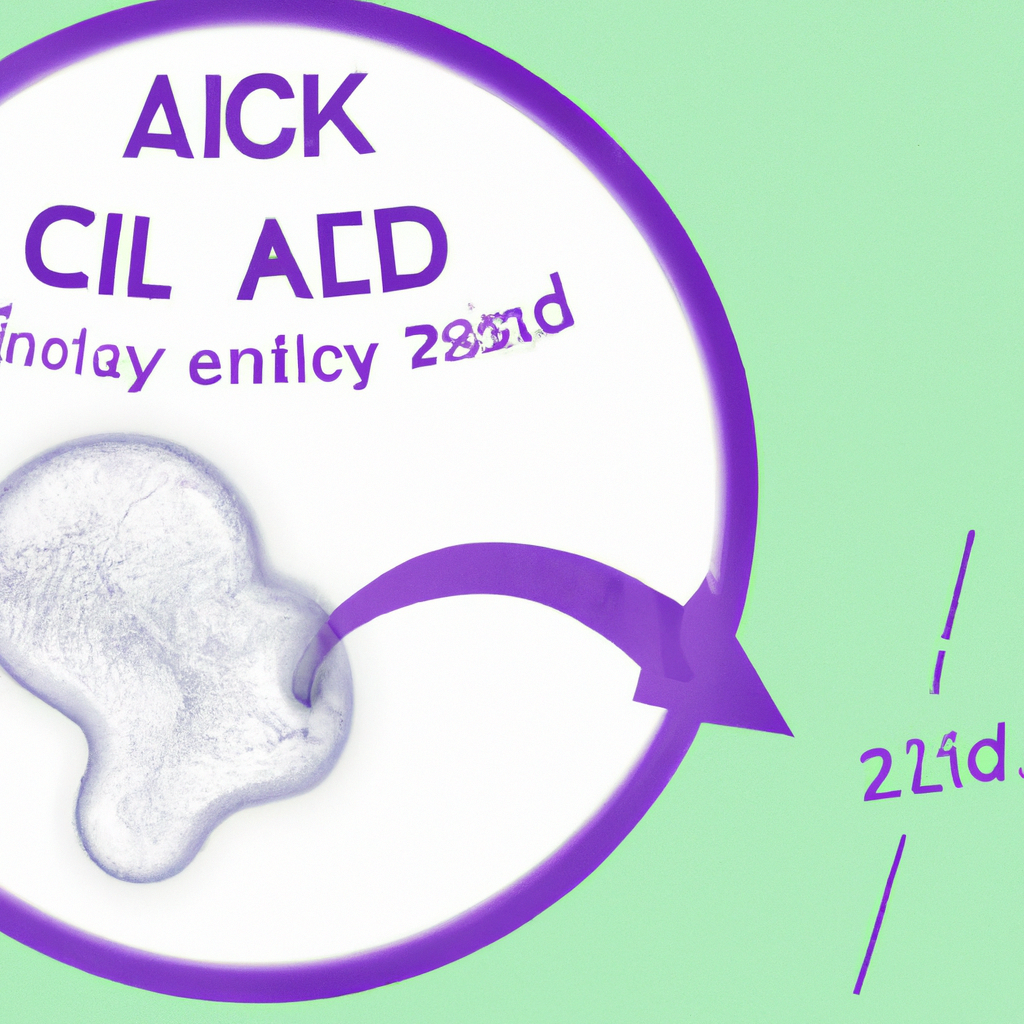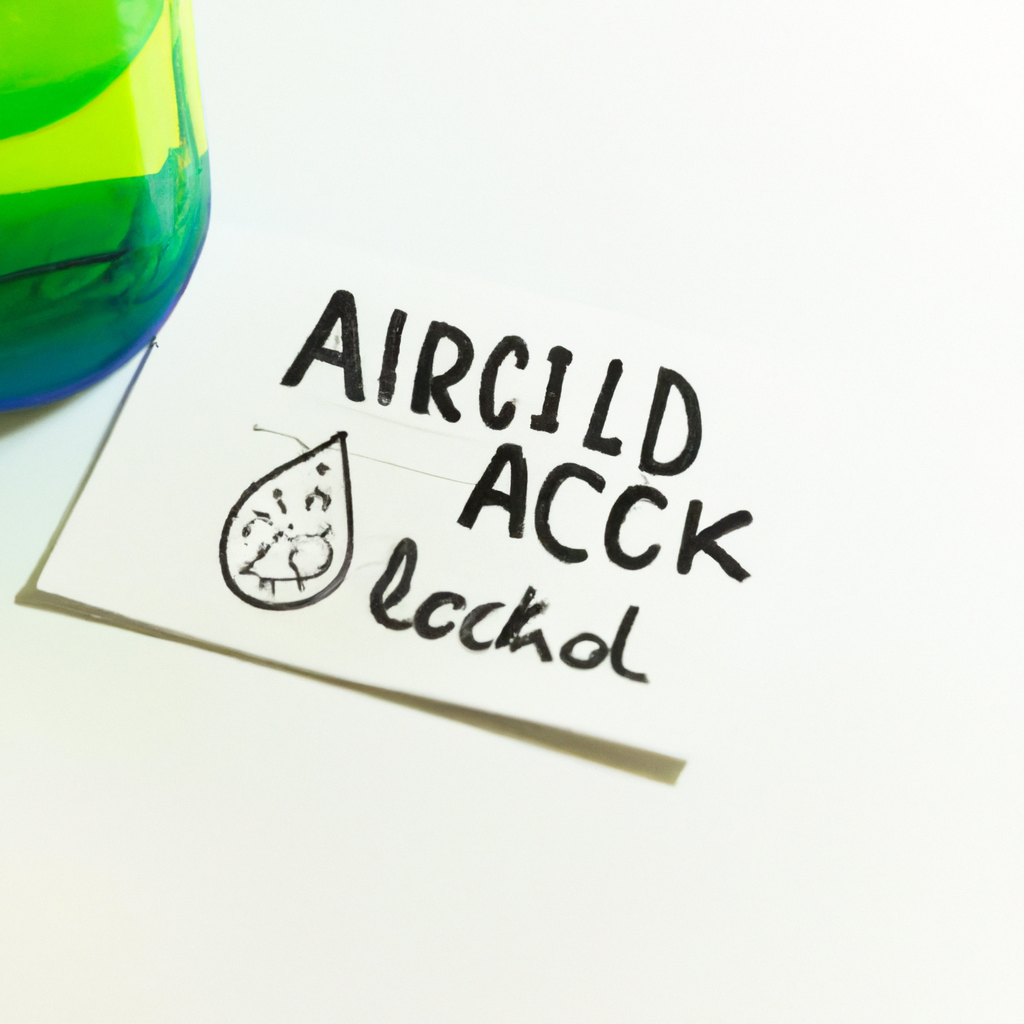Are you tired of the constant discomfort caused by acid reflux? Well, fret not because help is here! In this article, we will share with you some effective breathing exercises that can provide relief from acid reflux. By incorporating these techniques into your daily routine, you can regain control over your body and enjoy a more comfortable life. So, grab a cup of tea, sit back, and let us show you the amazing benefits of these breathing exercises for acid reflux relief.
Breathing Exercises for Acid Reflux Relief: Techniques That Work

Understanding Acid Reflux
Acid reflux is a common condition that occurs when the acid in your stomach flows back into your esophagus, causing symptoms such as heartburn, chest pain, and difficulty swallowing. It is usually caused by a weakened lower esophageal sphincter (LES), a muscular valve that separates the stomach from the esophagus. This condition can be chronic and significantly impact your quality of life.
Link between Breathing and Acid Reflux
You may be surprised to learn that there is a strong connection between breathing and acid reflux. Shallow and irregular breathing patterns can contribute to acid reflux symptoms by disrupting the natural functioning of the LES. When you breathe shallowly, it can put pressure on the diaphragm, which can in turn put pressure on the LES and cause it to weaken. Additionally, stress and anxiety, which can be exacerbated by improper breathing, can also trigger acid reflux symptoms.
Benefits of Breathing Exercises for Acid Reflux Relief
Breathing exercises can help alleviate acid reflux symptoms by improving your overall breathing patterns and reducing stress and anxiety. By practicing these exercises regularly, you can strengthen your diaphragm, improve the functioning of the LES, and promote relaxation, all of which can contribute to relief from acid reflux. These exercises are non-invasive, drug-free, and can be done anywhere, making them an accessible and effective option for managing acid reflux.
Getting Started with Breathing Exercises
Before diving into specific breathing exercises, it’s important to create a comfortable environment for practice. Find a quiet, peaceful space where you can focus without distractions. Loosen any tight clothing that may restrict your breathing. Sit or lie down in a relaxed position, ensuring your body is well-supported. Take a moment to center yourself and prepare for the exercises ahead.
1. Diaphragmatic Breathing
Diaphragmatic breathing, also known as deep belly breathing, is a technique that focuses on engaging the diaphragm fully. To practice this exercise, place one hand on your chest and the other hand on your abdomen. Take a deep breath in through your nose, allowing your abdomen to rise as you fill your lungs with air. Exhale slowly through your mouth, feeling your abdomen deflate. Repeat this exercise several times, focusing on the sensation of your breath in your abdomen.
2. Pursed Lip Breathing
Pursed lip breathing is a technique that can help control the speed of your breathing and promote relaxation. Start by inhaling deeply through your nose. Then, purse your lips as if you were going to whistle. Slowly exhale through your pursed lips, taking twice as long as you did to inhale. This technique creates resistance in your airways, helping to slow down your breathing and release tension.
3. Alternate Nostril Breathing
Alternate nostril breathing is a calming technique that balances the flow of air through the nostrils. Sit comfortably with your eyes closed. Using your right thumb, gently close your right nostril. Inhale deeply through your left nostril. At the top of your inhalation, close your left nostril with your right ring finger and release your thumb from your right nostril. Exhale smoothly through your right nostril. Continue this pattern, alternating nostrils with each breath.
4. Deep Breathing
Deep breathing is a simple technique that can be done anywhere, anytime. Start by inhaling deeply through your nose, allowing your abdomen to expand. Hold your breath for a moment, and then exhale slowly through your mouth, letting go of any tension or stress. Repeat this cycle several times, focusing on the depth and rhythm of your breath.

5. Buteyko Breathing
The Buteyko Breathing method focuses on reducing over-breathing, which can contribute to acid reflux symptoms. Breathe normally through your nose and take a small, relaxed breath in. Then, gently exhale, allowing your body to naturally take the next breath. Slowly reduce the size of your breaths, aiming for a calm and gentle breathing rhythm. Practice this technique for a few minutes each day to regain control of your breathing patterns.
6. The Papworth Method
The Papworth Method is a breathing technique that emphasizes nasal breathing and relaxation. Start by sitting comfortably with your eyes closed. Breathe in gently through your nose, allowing your abdomen to rise. Exhale through your mouth with a gentle “ha” sound, as if you were fogging up a mirror. Continue this pattern, focusing on the smoothness and relaxation of your breath.
7. Vocal Cord Adduction Exercise
The vocal cord adduction exercise helps to strengthen the muscles around your vocal cords and improve your breathing technique. Inhale deeply through your nose, and as you exhale through your mouth, make a “shh” sound. Imagine that you are trying to whisper loudly without any vocal sound. Repeat this exercise several times, feeling the engagement of your vocal cords and the control of your breath.
8. Abdominal Breathing
Similar to diaphragmatic breathing, abdominal breathing focuses on deep belly breaths to promote relaxation and improve breathing patterns. Place one hand on your chest and the other hand on your abdomen. Inhale deeply, allowing your abdomen to rise as you fill your lungs with air. Exhale slowly, feeling your abdomen deflate. Repeat this exercise, focusing on the movement of your abdomen with each breath.
9. Progressive Relaxation
Progressive relaxation involves tensing and releasing different muscle groups to promote overall relaxation. Start by sitting or lying down in a comfortable position. Begin with your toes, curling them tightly and then releasing. Move up to your calves, thighs, and so on, tensing and releasing each muscle group. As you progress through your body, focus on your breath, allowing it to deepen and relax you further.
10. Yoga Breathing Techniques
Yoga breathing techniques, such as Ujjayi breath or alternate nostril breathing, can be beneficial for managing acid reflux. These techniques involve coordinated breath control and body movements that promote relaxation and proper breathing patterns. Consider incorporating yoga classes or online tutorials into your routine to learn these techniques from a qualified instructor.
Tips for Effective Breathing Exercises
To make the most of your breathing exercises for acid reflux relief, keep these tips in mind:
-
Practice regularly: Consistency is key when it comes to improving your breathing patterns. Set aside dedicated time each day to practice your chosen breathing exercises.
-
Combine with lifestyle changes: While breathing exercises can provide relief, it’s important to address the underlying causes of acid reflux. Make sure to incorporate other lifestyle changes, such as maintaining a healthy diet, avoiding trigger foods, and managing stress.
-
Seek professional guidance: If you have severe acid reflux symptoms or underlying health conditions, it’s essential to consult with a healthcare professional before starting any new breathing exercise routine.
-
Listen to your body: Pay attention to how your body responds to each breathing exercise. If any exercise causes discomfort or makes your acid reflux symptoms worsen, adjust or discontinue the exercise.
Conclusion
Breathing exercises can be a valuable addition to your acid reflux management plan. By incorporating techniques such as diaphragmatic breathing, pursed lip breathing, and yoga breathing, you can alleviate symptoms, improve breathing patterns, and reduce stress and anxiety. Remember to practice regularly, listen to your body, and seek professional guidance if needed. With consistent effort, these breathing exercises can become an effective tool in your journey towards acid reflux relief.
